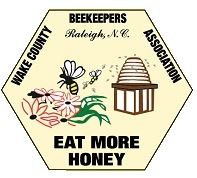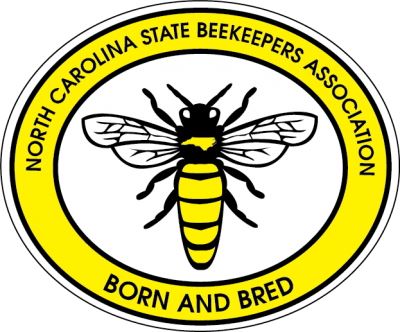 | Wake County Beekeepers Association |
Beekeeping Calendar
February
| The Bees |
Queen increases laying, few drones. Workers take cleansing flights on warm days. Bees consume about 25 pounds of food (combined stores and maple nectar). |
| The Beekeeper |
On a warm day quickly and carefully check the hive for sufficient food supplies. Observe exterior of the hive Sign up for an advanced beekeeper course. Attend your bee club meetings. Get your equipment ready for spring. |
| Inspections |
Lift hive to estimate stores (do this regularly to notice the range of weights) On a warm day, carefully and quickly check the hive for sufficient food (see nutrition below). Brood build-up should be intensifying if the weather has been warm. |
| Queen health, laying |
Check to see if the queen is laying, gage the volume of brood and brood pattern |
| Nutrition |
Red Maples bloom 1st thru March 12th. (green pollen) Willow (yellow pollen) A colony rearing brood will consume about 10 pounds of food per week, a colony with small food reserves can starve during bad weather (below 15 pounds, start feeding honey or 1 to 1 sugar water or fondant or dry sugar. May need dry sugar added if low on stores. |
| Pests |
Varroa mite check (IPM bottom board), treat if necessary Some hives may need testing for Nosema disease, especially if too cold for cleansing flights. Late February is not too early to begin varroa mite assessments. Clean up deadouts before warm weather (prevent wax moth infstations |
| Management |
During the last half of February consider adding super/hive body of wax foundation to allow bees to draw out more comb for spring. (Feeding or nectar is required). Opening the hive on a cold day may lead to chill brood (excessive cooling of eggs, larva and brood). Set up “bait” hives late this month |
| Swarms |
Overly large cluster may indicate a tendency to swarm later. |
Return to the Beekeeping Calendar
